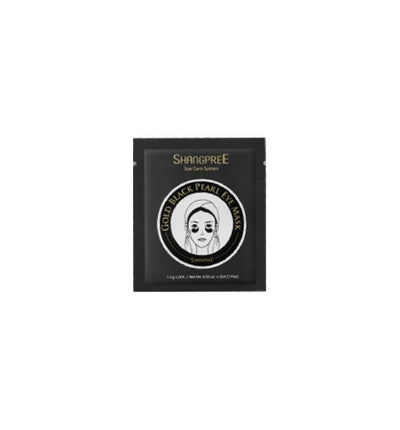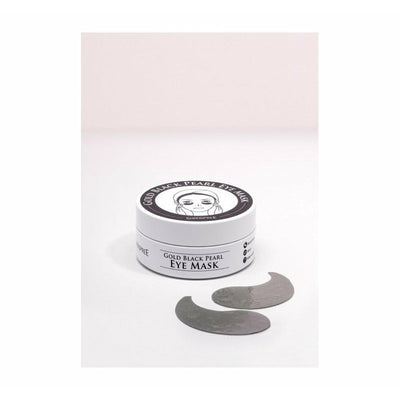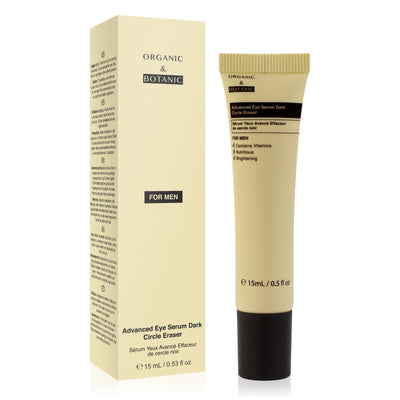How to Prevent and Reduce Eye Wrinkles
No one is immune from them, and most people try hard to prevent or treat them - but like death and taxes, eye wrinkles are here to stay - a part of the human ageing process. So we’re going to look at the different ways that you can fight back, considering the different degrees of cosmetic intervention, the cost of treatments and their longevity.
So why do we get fine lines and wrinkles around the eyes?
Wrinkles are a natural part of the ageing process for any human, regardless of gender, race or where in the world you live. When we are younger, our skin has a higher degree of elasticity, meaning it is more capable of bouncing back to its former shape after being put under stress. As we get older, our skin begins to lose this elasticity, leaving telltale signs of activity in certain areas in the form of wrinkles. Consider a towel. When it’s brand new, it is thick and fluffy and no matter how hard you try you struggle to crease it. However, as that towel gets older, it begins to thin out a bit and become a little more coarse. It is suddenly much easier to cause a crease in it. Our skin works in a very similar way. UV light from the sun also plays a big part in causing wrinkles, with the harmful UV rays breaking down elastin and collagen fibres in the skin, both of which are crucial in supporting the skin. As these break away, the skin becomes looser, causing it to droop and highlighting fine lines and wrinkles.
What are the options facing us when treating fine lines and wrinkles?
There are essentially 4 options to consider when arming ourselves in the fight against fine lines and wrinkles. These are the use of Topicals, Chemicals, Microneedling (also known as dermarolling) and Lasers. Each category works differently, and their levels of effectiveness are very varied, as is their cost.
Topicals - probably the first port of call for most of us. These are creams and serums applied topically to the skin. Dermatologists generally agree that it is important that topical creams must include one of the following in order to combat fine lines and wrinkles.
Vitamin C - good old vitamin C. We take it internally to improve our immune system or combat the effects of a common cold but it also works wonders on our skin. Vitamin C is an antioxidant which softens rough skin, fades small scars such as acne or liver spots. Vitamin C works hard for us, helping to prevent the formation of new lines, whilst smoothing away the ones we already have. The effect of Vitamin C in a cream isn’t immediate - it normally takes a few months to be visible, and it might not tackle 100% of the fine lines but the impact, combined with very reasonable cost make it a very attractive option.
Retinol - a clever ingredient which increases collagen production at the same time as preventing existing collagen breakdown. The effect, which is marked and permanent shows after at least 3 months of continued use. The first month can be the hardest with the possibility of dry flaky skin or an outbreak of spots, but the end results are definitely worth it.Chemical Treatments
There are various chemicals available in the market that are aimed at treating wrinkles, in particular Crow’s Feet. These work by blocking the release of acetylcholine, a chemical needed for muscle contraction. The effect is to temporarily freeze the muscles of the face, which allows the wrinkles and fine lines to relax.
The result is almost instantaneous, working within just a few days, but as with Hyaluronic Acid, the effect is temporary, normally needing a repeat treatment every 3-4 months. Always make sure that you use a Certified Dermatologist to carry out this treatment.
Microneedling (dermarolling)
Also known sometimes as Derma-rolling microneedling does what it suggests on the tin and involves tiny holes being punched into the skin, with a needle covered roller, so causing trauma or injury to the skin. This, in turn, provokes the stimulation of collagen as it attempts to repair the damage, and so create newer, younger skin.
It is certainly effective and despite its somewhat medieval technique, it is only moderately irritating to the skin. However, it takes 4 - 6 weeks of once-weekly treatments to see improvements.
It certainly isn’t for everyone, being too harsh for sensitive skin types like those prone to eczema, psoriasis or any inflammatory condition. But if that’s not you then the results are excellent - just leave it to a professional to carry out - don’t try this one at home!
Lasers
A resurfacing Laser is a pretty amazing tool, however, there is a lot to consider before leaping into Laser treatment. Described as “a hot rubber band snapping your face over and over again” it isn’t for the faint-hearted! Resurfacing with a laser uses heat to inflict trauma to your skin in much the same way that Microneedling does, prompting collagen growth to aid recovery and skin renewal.
Inevitably there are some downsides - you will look and feel sunburnt for a few days after the treatment and it is important that you don't expose the skin to the sun as well. Skin can also feel rather coarse to the touch for about 14 days. However after all that the transformation is remarkable - it’s you, but 25 years ago!
Conclusion
There are definitely ways to combat the signs of ageing around the eyes - whether they’re just fine lines or more deeply developed wrinkles. There is a treatment for every face and every pocket, from the cost-effective topical creams containing Vitamin C, Retinol or Hyaluronic Acid, to the medium cost treatments such as chemicals or Microneedling, or the dearer Laser treatments. Some are only temporary, some painless and some neither but the answer is there for all of us!
However, there are also a few steps that we can take that cost us nothing and are also effective
Always use a sunscreen SPF 30+ daily, Winter and Summer.
Always wear sunglasses with a UVA and UVB filter, all year round - it might not be the look you had in mind, but the filters do a great job of protecting the eye and its surrounding skin from UV ultraviolet damage. Just don’t fall into the trap of wearing a pair of mirror glasses - they actually attract more sunlight and we all know what that does to wrinkles!



